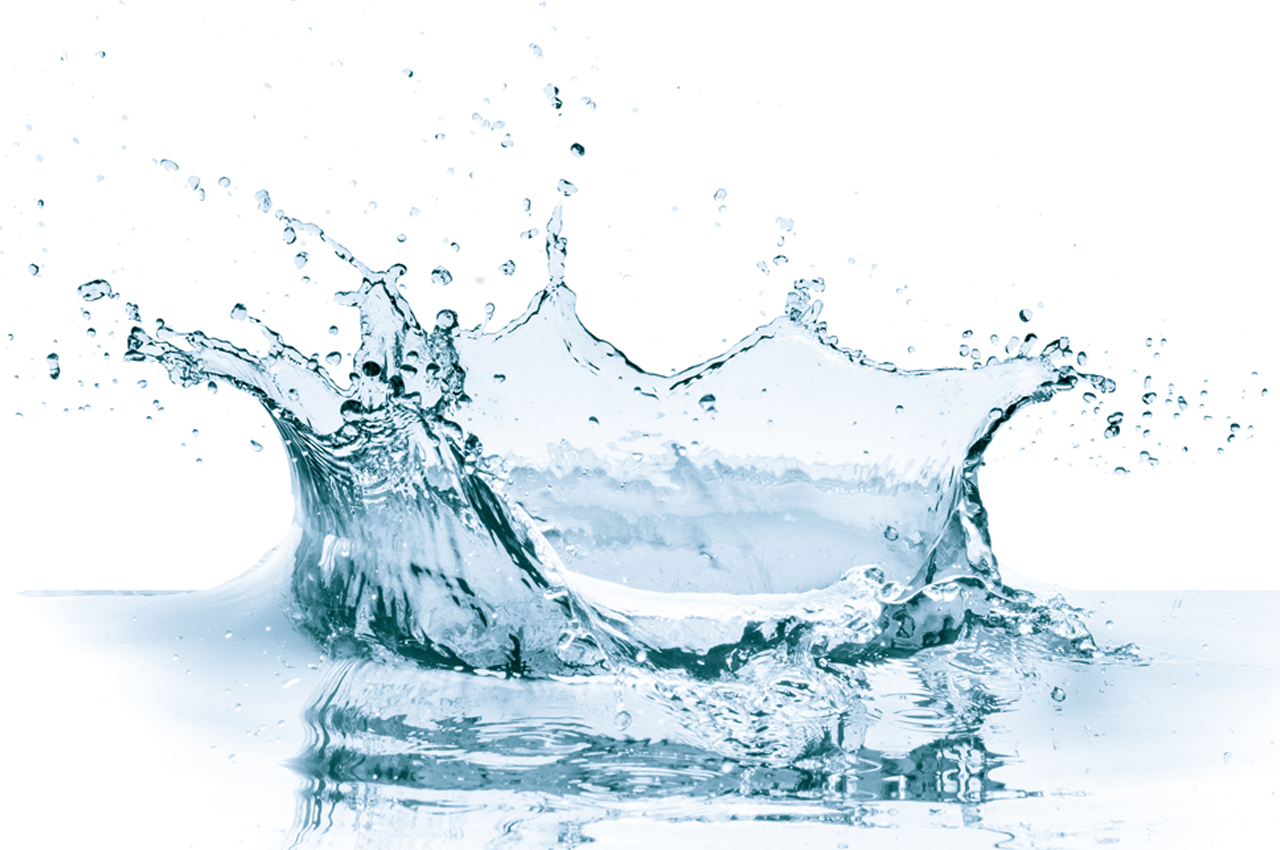Some parts of the country are experiencing really hot weather. If you are drinking too little water, you could be at the risk of dehydrating. Our bodies are designed to work at an ideal temperature. When our environment is hot, in an attempt to keep our temperature stable, we perspire. As the moisture evaporates it cools our skin which, in turn, cools the blood vessels and hence our whole body. Our body is really clever – we don’t even have to think about it. But now it needs to be regularly replenished, so you must, drink up – hey, that’s water! Good pure fresh water is what the body needs. Remember, if it’s hot and you’re feeling dizzy, tired, fuzzy headed, weak, or headachy – any of these may be symptoms of dehydration.
Be aware that certain diseases, like diabetes, can alter your thirst mechanism. Also, elderly people often have a poorly regulated thirst mechanism. There are some situations where you’ll want to drink a bit more. For example, if you’re sick with a fever, or vomiting, you’ll lose liquid that way too. Pregnant and breastfeeding women also need to drink more water, as do athletes and people who exercise every day.
So, stay tuned to your thirst mechanism.
Too much
Then again other parts of the country are experiencing extreme rainfall – too much water. This can result in flooding which can be a really dangerous situation, especially if you are anywhere near the raging water. If you are on foot, there is only one thing to do – get away. Do not succumb to the curiosity of watching the swirling waters. In such an unpredictable situation you really need to move away from the water’s edge – get to higher ground as soon as possible.
Now if you are driving the worst decision you can make in a flash flood is to proceed driving your vehicle into waters of unknown depth. Remember depth is easy to misjudge – when visibility is low you may not be able to see whether the road or bridge beneath the water has been washed away. Rather just turn around.
Just 16cm of water will reach the bottom of most cars, causing potential stalling and loss of control. 30cm of water can float a passenger vehicle, and 60cm of rushing water will carry away most vehicles, including bakkies and SUVs. Once a vehicle is floating, your steering wheel is useless – the floodwater does the steering. Moving water can tip, flip, or sweep a car away.
So be aware of flood warnings and check traffic reports about your route during heavy rains. Turn around and find higher ground – don’t try to guess the depth of floodwaters.
Park uphill or on the pavement, never at the waterline during flood rains.
Avoid driving in water with debris floating downstream, and also avoid driving in water near downed power lines.



